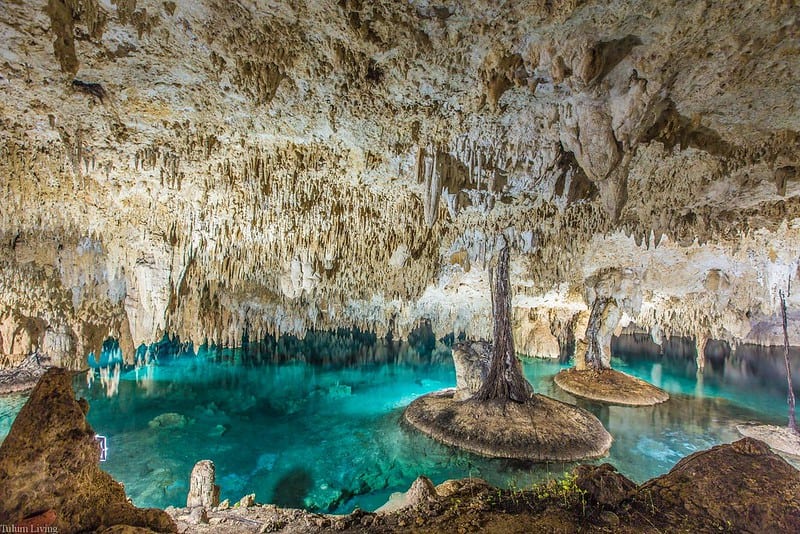Every day, countless species around the world inch closer to extinction, many of which are crucial to the health of their ecosystems. From majestic big cats to rare marine mammals, these endangered animals face threats ranging from habitat destruction to illegal poaching. While the situation may seem dire, there is hope. Through awareness, conservation efforts, and individual actions, we can all play a part in protecting these species and ensuring they continue to thrive for generations to come. Here are 15 endangered species you can help save today.
Amur Leopard
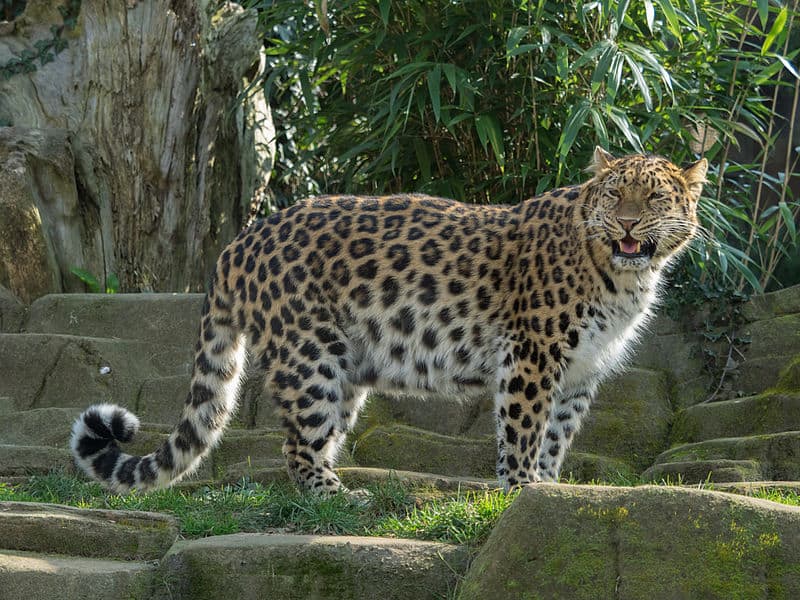
The Amur leopard is critically endangered, with fewer than 100 individuals left in the wild. Found in the forests of Russia and China, it faces threats from habitat loss, poaching, and climate change. This solitary big cat is known for its stunning, thick fur, which is unfortunately also what makes it a target for hunters. Conservation efforts focus on habitat protection and anti-poaching measures, but the road to recovery is long. Supporting organizations that work to protect its habitat can make a significant difference.
Javan Rhino
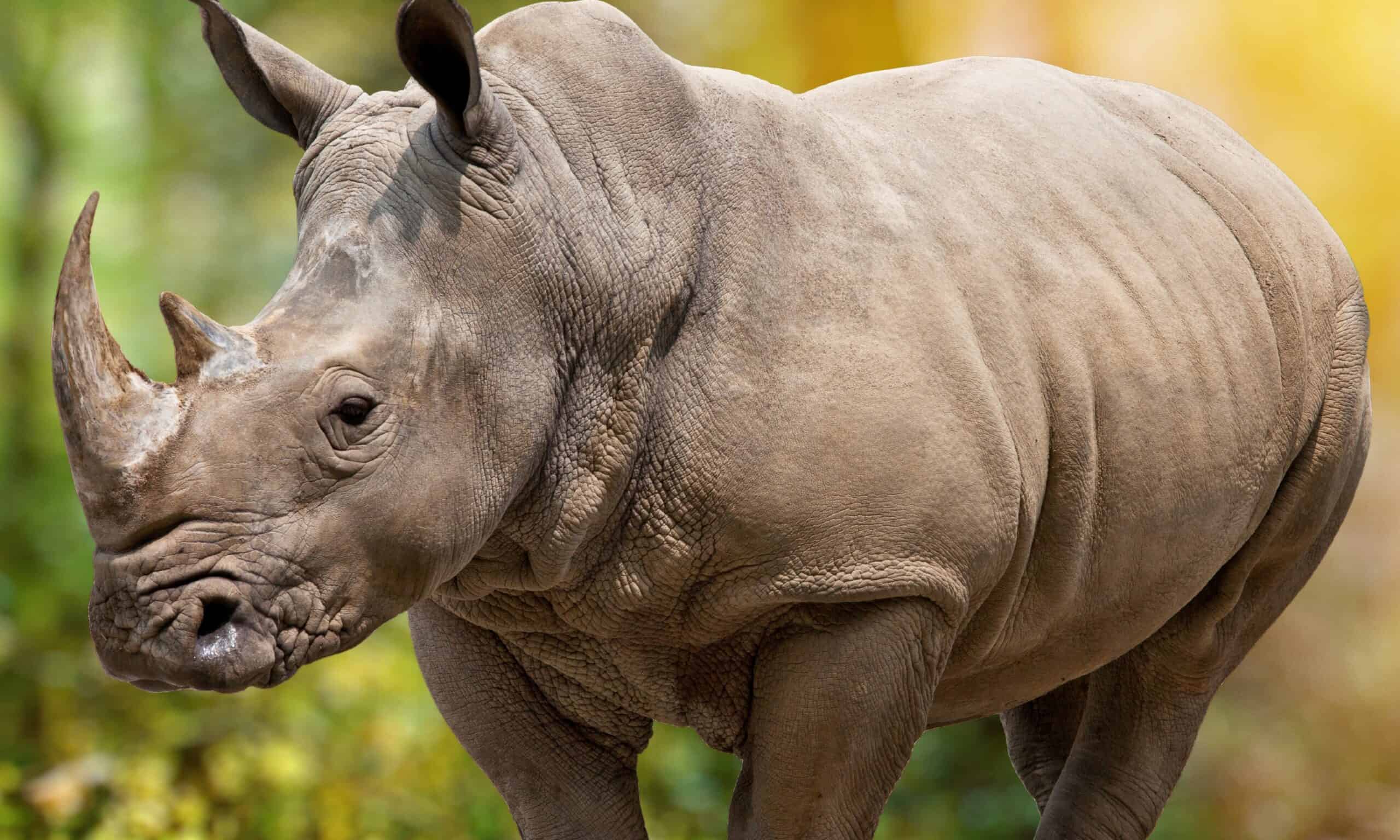
Once widespread across Southeast Asia, the Javan rhino now survives only in a small section of the Ujung Kulon National Park in Indonesia. With fewer than 80 individuals remaining, it’s one of the rarest large mammals on earth. Habitat destruction and poaching for its horn have driven it to the brink of extinction. The dense jungles it inhabits make conservation efforts particularly challenging, but ongoing work to protect and expand its habitat offers hope. Public support and awareness can help bolster these critical initiatives.
Vaquita
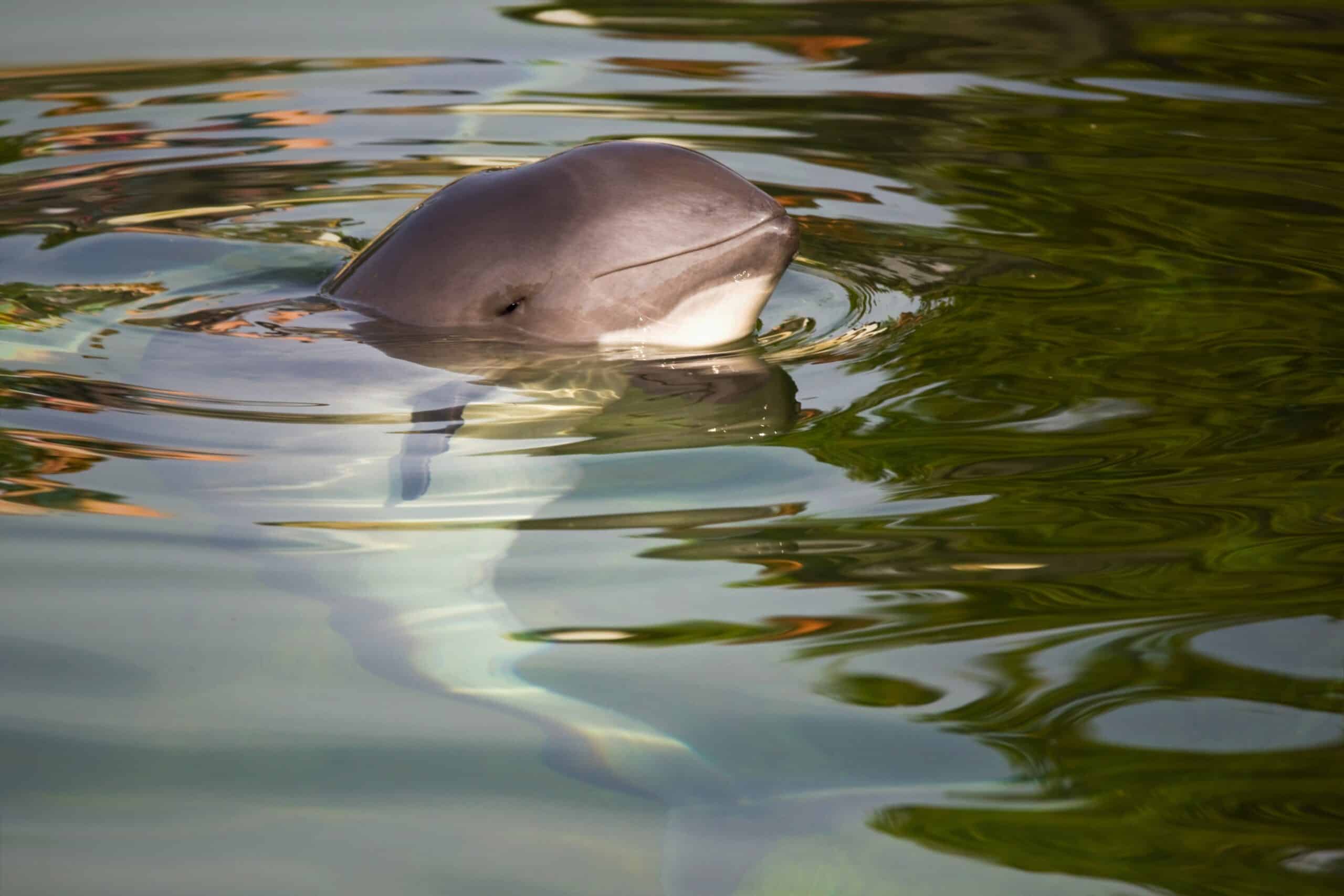
The vaquita, a small porpoise species native to the northern Gulf of California, is teetering on the edge of extinction, with only about 10 individuals left. It falls victim primarily to bycatch from illegal fishing operations targeting the totoaba fish, whose swim bladder is highly valued on the black market. This shy and elusive marine mammal faces a dire future unless immediate action is taken to enforce fishing regulations and remove illegal nets. Organizations are working tirelessly to save the vaquita through advocacy and intervention. By supporting these groups, you can contribute to the preservation of this rare species.
Sumatran Orangutan
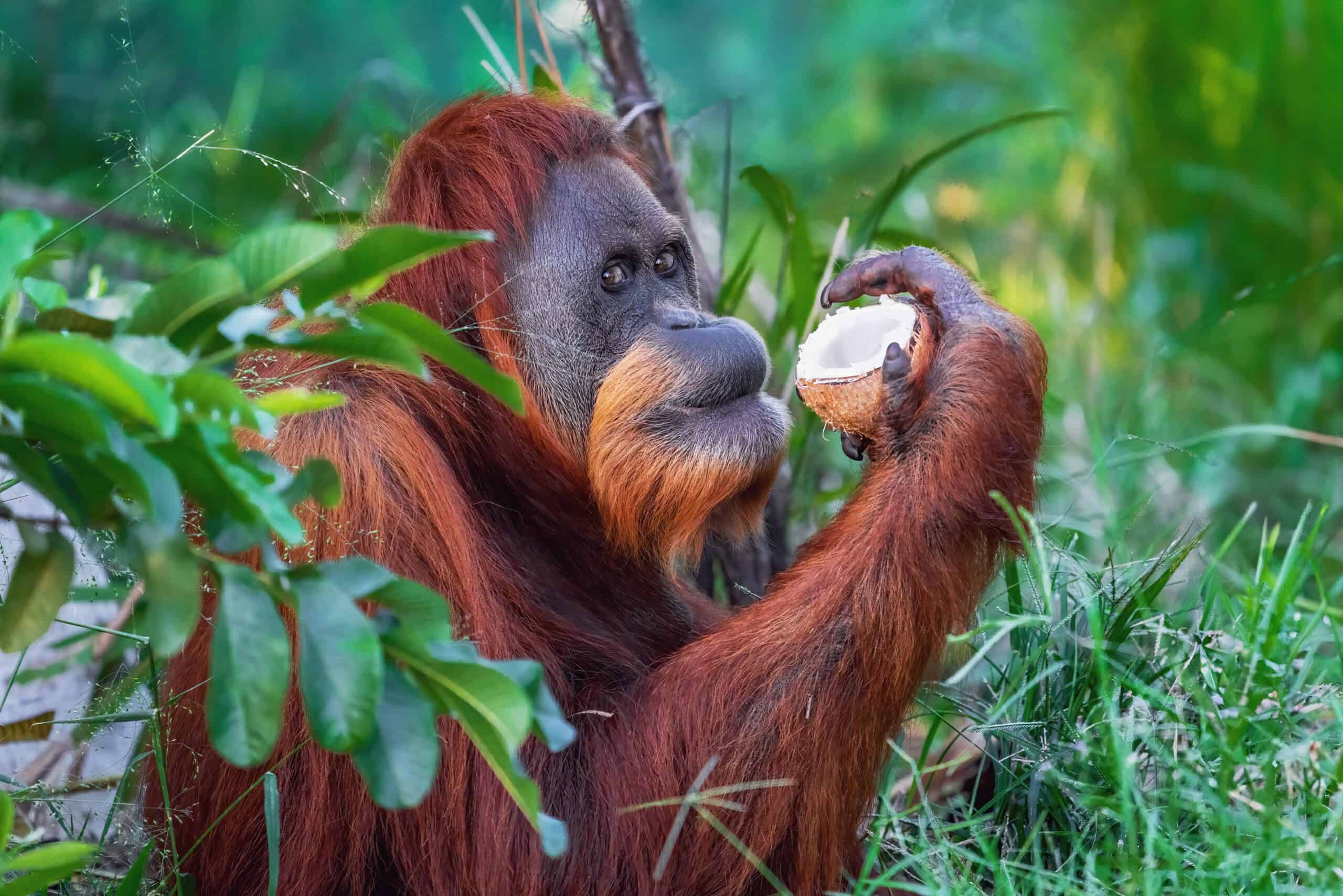
The Sumatran orangutan is critically endangered, with deforestation and illegal wildlife trade posing significant threats to its survival. Native to the island of Sumatra, these great apes are highly intelligent and play a crucial role in their ecosystem by dispersing seeds and maintaining forest health. Sadly, their habitat is rapidly disappearing due to palm oil plantations and illegal logging. Conservation efforts include reforestation projects and anti-poaching patrols, aiming to secure a future for these gentle giants. Your support can aid in protecting their remaining habitats and preventing further population decline.
Hawksbill Turtle
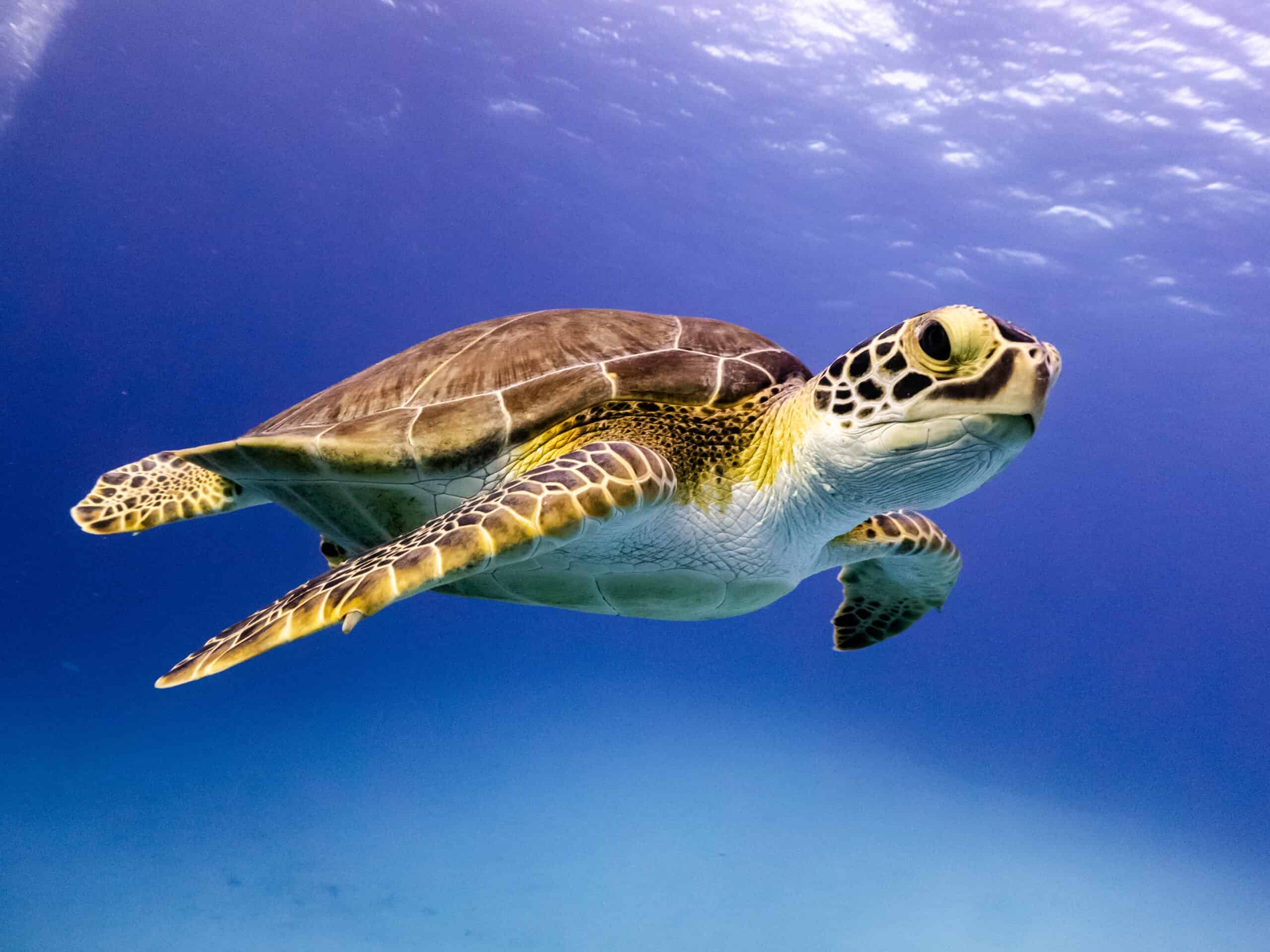
Hawksbill turtles, known for their beautiful, patterned shells, are critically endangered due to illegal poaching and the destruction of coral reefs. These turtles play a vital role in maintaining the health of coral reef ecosystems, yet their numbers have plummeted by over 80% in the last century. They are often hunted for their shells, which are used to make jewelry and ornaments. Conservation programs focus on protecting nesting sites and reducing bycatch in fishing operations. By raising awareness and reducing the demand for turtle products, you can help ensure their survival.
Mountain Gorilla
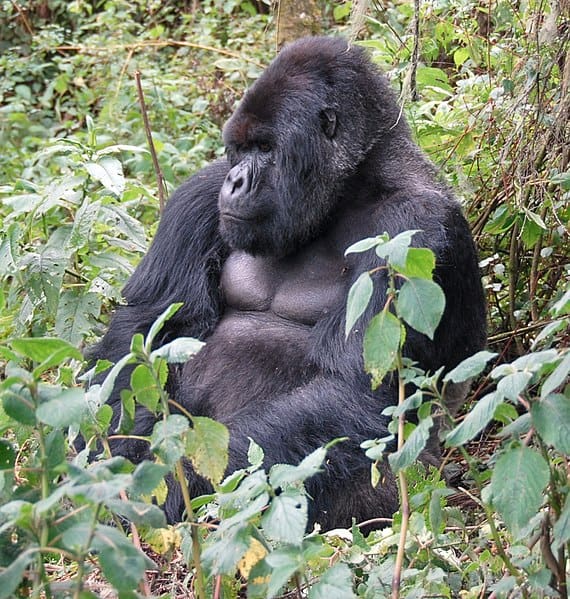
Mountain gorillas inhabit the dense forests of Central Africa, with populations confined to two small regions in Rwanda, Uganda, and the Democratic Republic of Congo. Despite significant conservation efforts, they remain endangered due to poaching, habitat loss, and disease. These gorillas are highly social and share many human-like behaviors, making their plight particularly poignant. Conservationists have made strides in increasing their numbers, but ongoing support is crucial. By contributing to organizations that protect their habitat and fund anti-poaching initiatives, you can help secure a future for these magnificent primates.
Saola
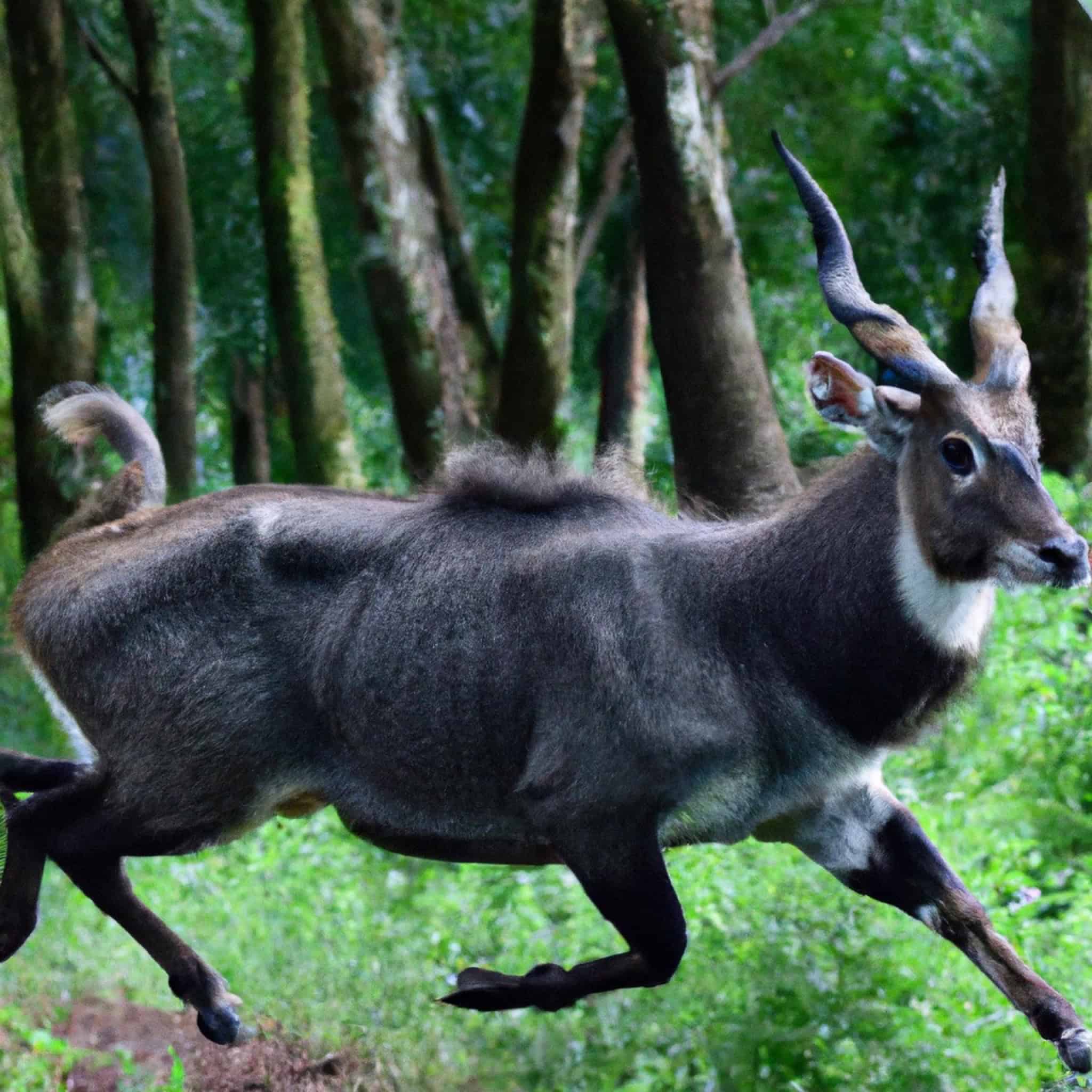
Known as the “Asian unicorn,” the saola is one of the most elusive and rarest mammals on the planet, discovered only in 1992. Native to the Annamite Mountains along the border of Vietnam and Laos, it faces severe threats from habitat loss and poaching. The saola is so rare that it has only been photographed a few times in the wild, making it one of the most mysterious species on earth. Conservationists are racing against time to protect its remaining habitat and prevent its extinction. Your support can help fund these vital efforts and bring attention to this enigmatic species.
Snow Leopard
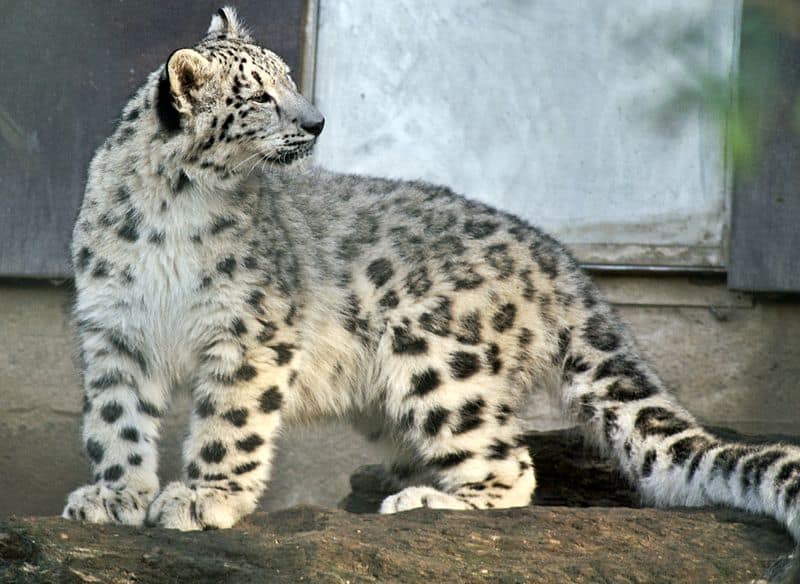
Snow leopards roam the rugged mountains of Central Asia, from Afghanistan to China, yet they are increasingly endangered due to poaching and habitat fragmentation. These big cats are solitary and elusive, perfectly adapted to the cold, high-altitude environments they call home. Their thick fur and long tail are crucial for survival, but also make them a target for illegal hunting. Conservation initiatives focus on habitat protection, anti-poaching measures, and conflict resolution between leopards and local communities. Supporting these efforts can help ensure that snow leopards continue to thrive in the wild.
Western Lowland Gorilla
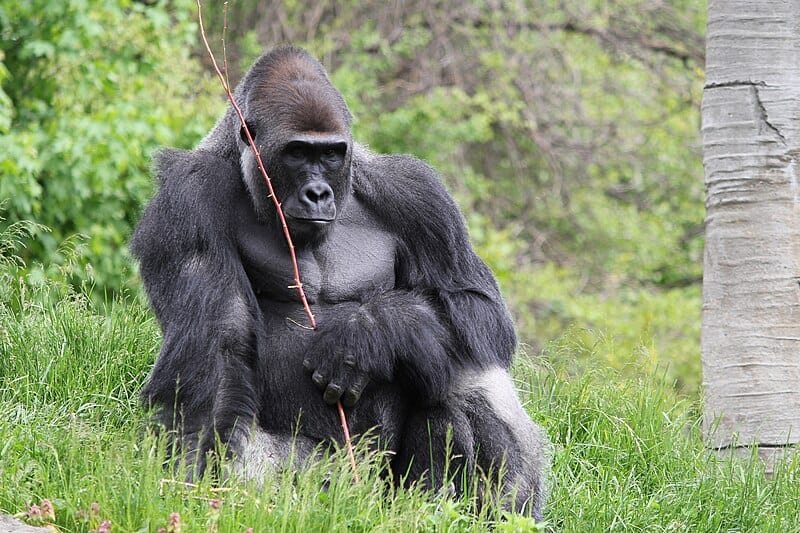
The Western lowland gorilla, found in the rainforests of Central Africa, is critically endangered due to poaching, disease, and habitat destruction. These gorillas are known for their intelligence and complex social structures, living in tight-knit family groups led by a dominant silverback. Unfortunately, their populations have been decimated by the bushmeat trade and outbreaks of diseases like Ebola. Conservation efforts include anti-poaching patrols and community-based initiatives to promote sustainable livelihoods. By supporting these programs, you can play a part in protecting one of our closest relatives in the animal kingdom.
Black Rhino
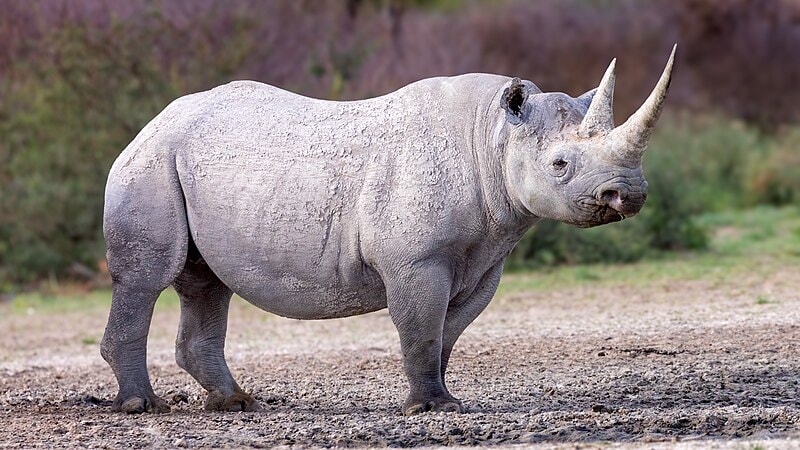
Black rhinos, once widespread across Africa, are now critically endangered, with only a few thousand individuals remaining. Poaching for their horns, driven by demand in traditional medicine and as status symbols, is the primary threat to their survival. Despite their name, black rhinos are actually grey and are distinguished by their pointed upper lip, which they use to grasp leaves and branches. Conservationists are working tirelessly to protect these animals through anti-poaching measures and habitat restoration. Public awareness and financial support are vital to continuing these efforts.
Sumatran Elephant
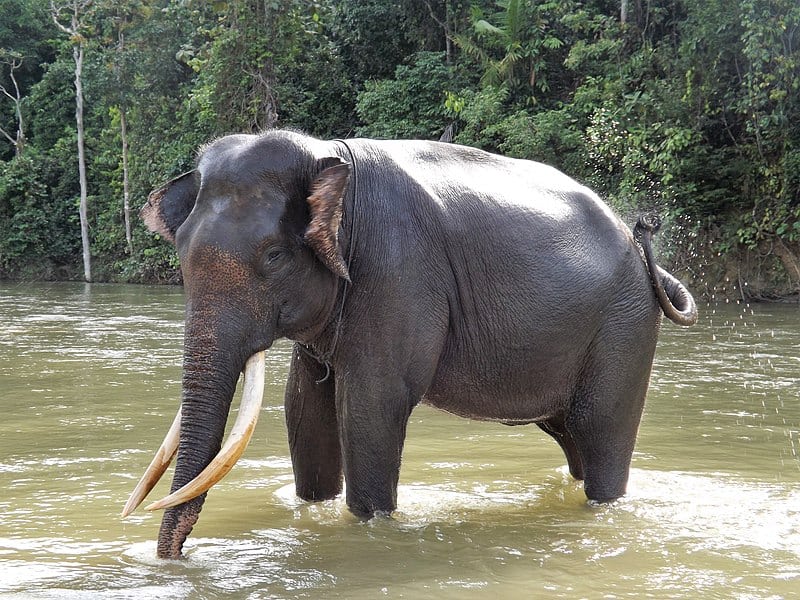
The Sumatran elephant, a subspecies of the Asian elephant, is critically endangered due to habitat loss and human-wildlife conflict. Native to the Indonesian island of Sumatra, these elephants play a key role in maintaining the health of forest ecosystems. However, deforestation for palm oil plantations has drastically reduced their habitat, leading to increased conflict with humans. Conservation efforts focus on protecting remaining forests and promoting coexistence between elephants and local communities. Supporting these initiatives can help secure a future for this gentle giant.
Yangtze Finless Porpoise
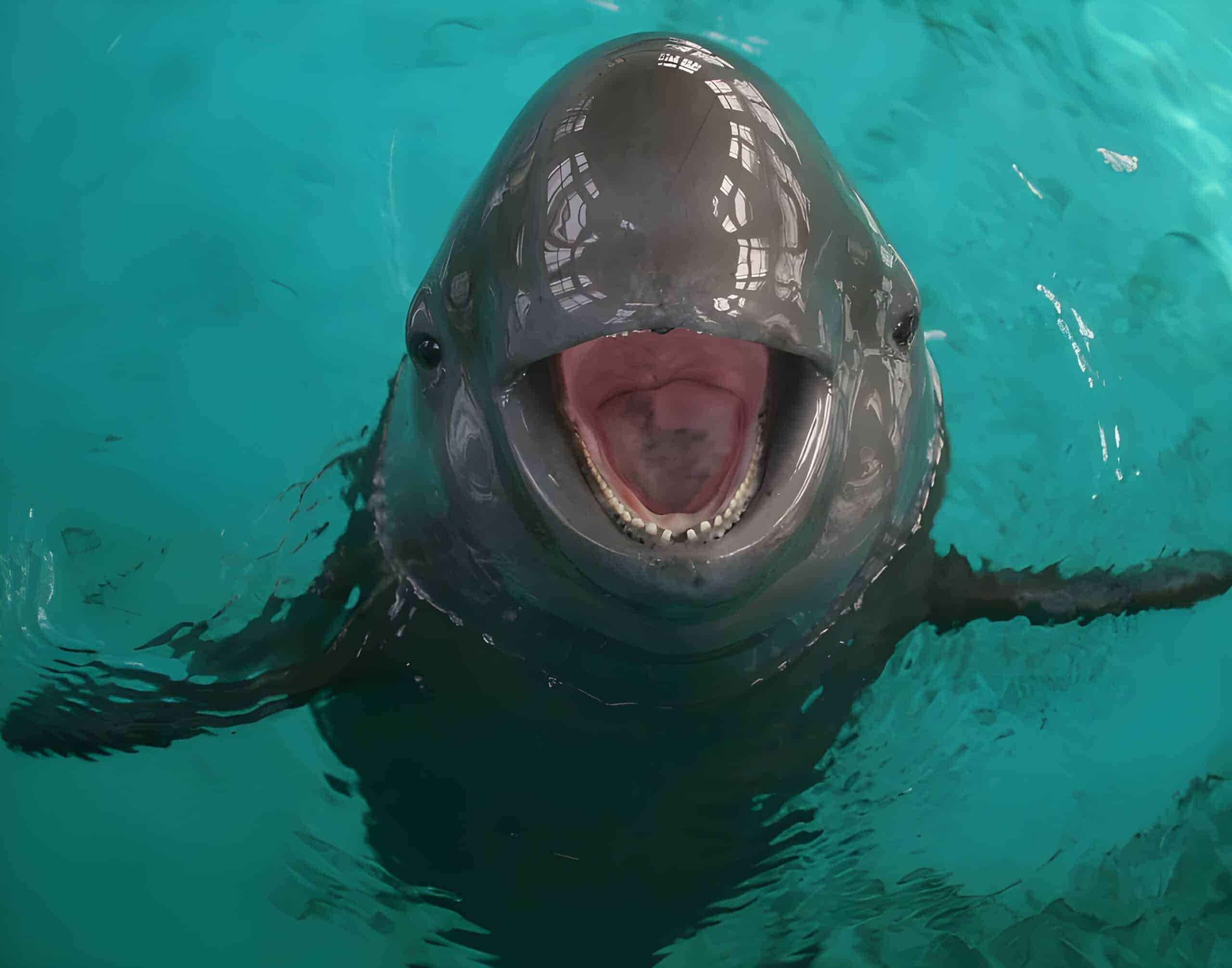
The Yangtze finless porpoise, native to China’s Yangtze River, is critically endangered, with fewer than 1,000 individuals remaining. This freshwater porpoise is known for its playful behavior and high intelligence, but its population has declined sharply due to pollution, overfishing, and habitat destruction. The Yangtze River, one of the most industrialized waterways in the world, presents numerous challenges for the porpoise’s survival. Conservationists are working to improve water quality and establish protected areas to safeguard the remaining population. Public support for these efforts is crucial to preventing the extinction of this unique species.
Eastern Lowland Gorilla
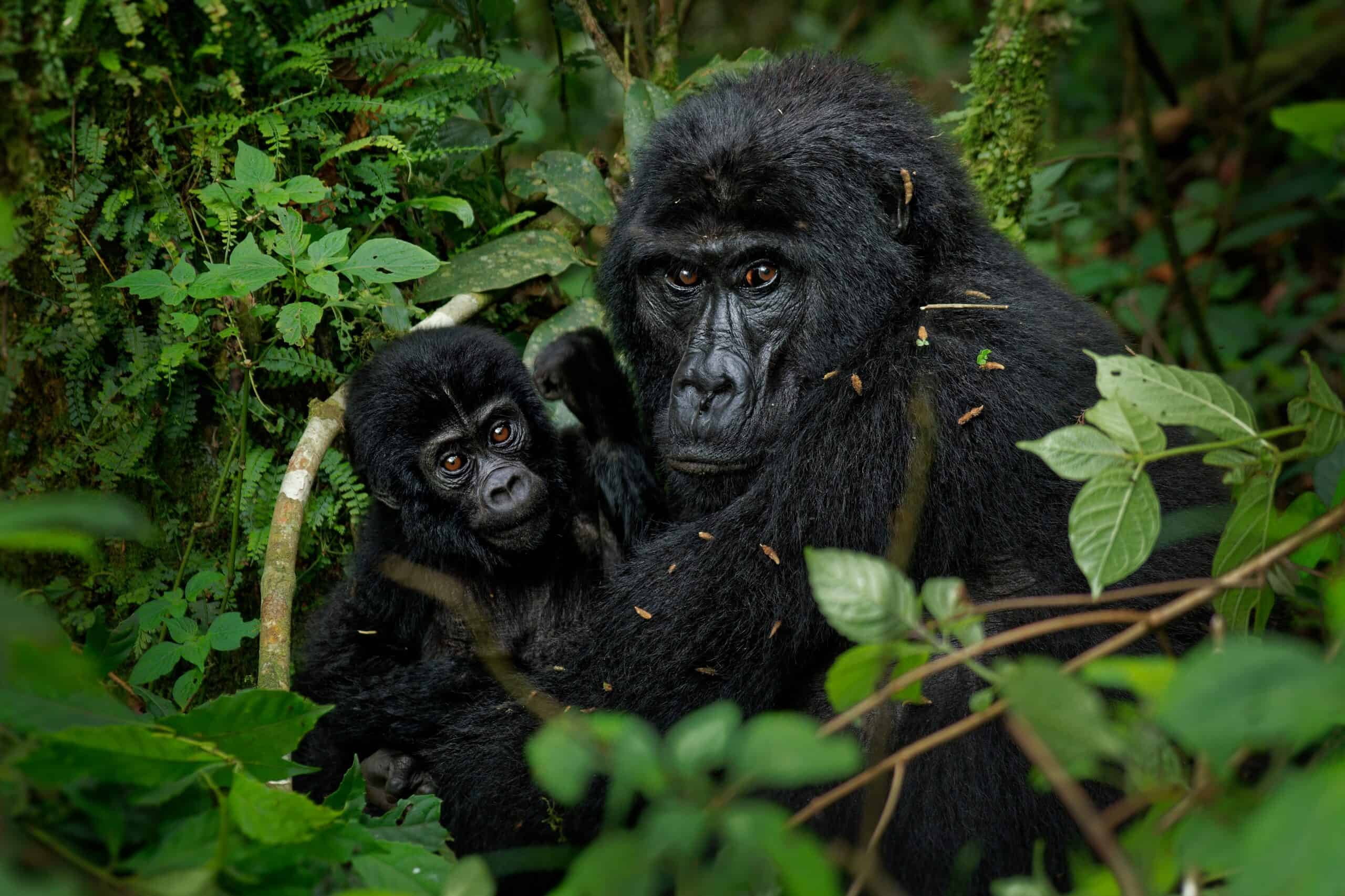
Eastern lowland gorillas, also known as Grauer’s gorillas, are critically endangered, with their populations severely impacted by civil unrest in the Democratic Republic of Congo. These gorillas are the largest of the four gorilla subspecies, known for their gentle demeanor and strong family bonds. Habitat destruction, poaching, and disease have all contributed to their declining numbers. Conservation efforts include community engagement, anti-poaching measures, and habitat protection. Your support can help provide the resources needed to protect these gorillas and promote peace in the region.
Addax
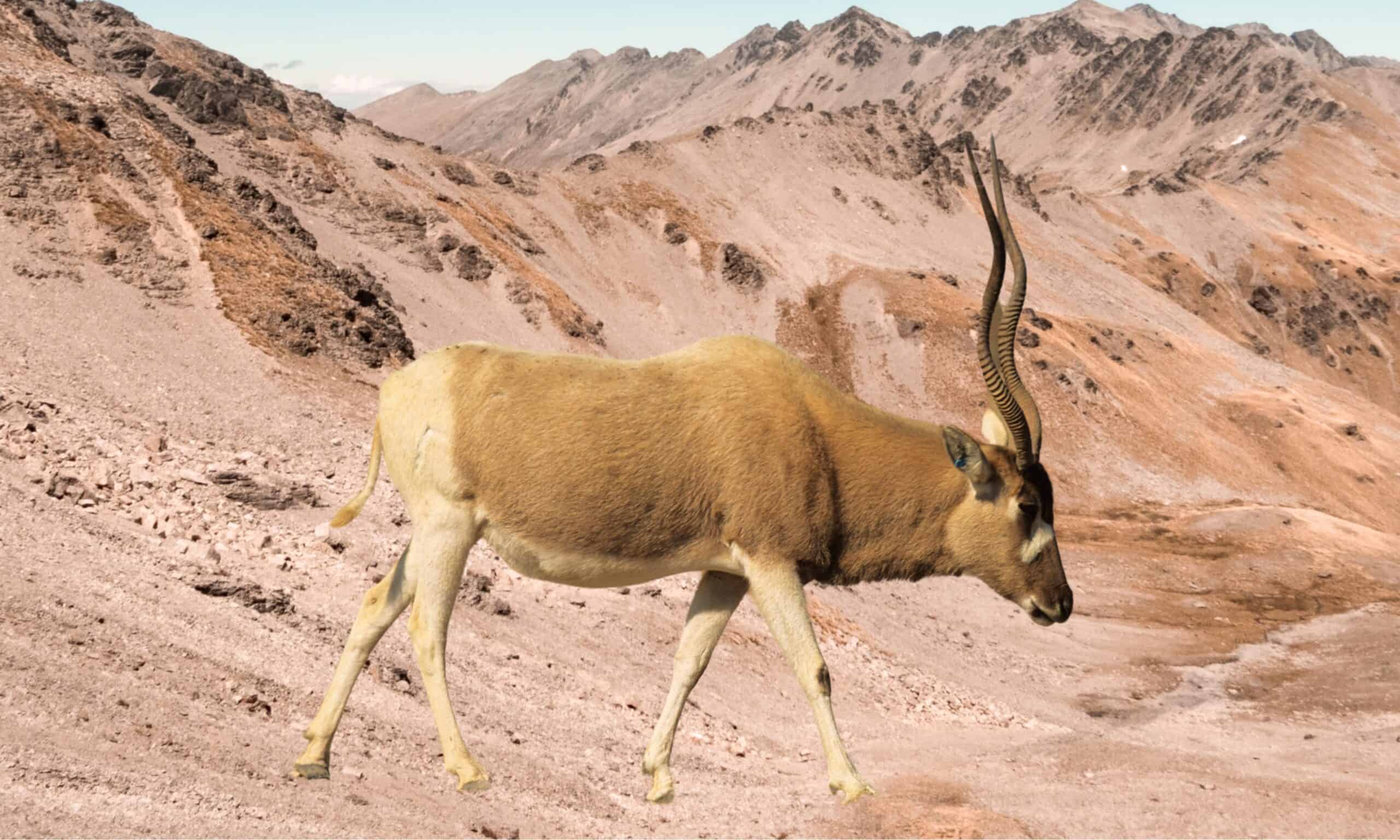
The addax, or white antelope, is critically endangered and native to the Sahara Desert. It is perfectly adapted to survive in extreme desert conditions, with its light-colored coat reflecting sunlight and its hooves designed for walking on sand. However, habitat loss due to oil exploration and illegal hunting have driven the addax to the brink of extinction, with only a few individuals remaining in the wild. Conservationists are working to protect its remaining habitat and reintroduce captive-bred individuals back into the wild. Supporting these initiatives can help ensure that the addax does not disappear from the desert.
Kakapo
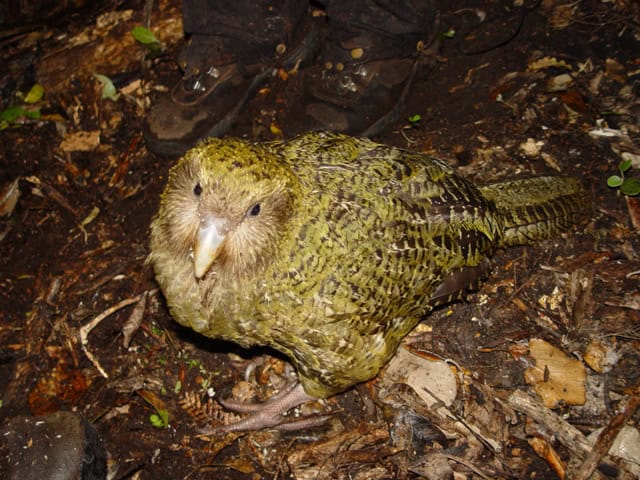
The kakapo, a flightless parrot native to New Zealand, is critically endangered with only around 200 individuals left. This nocturnal bird is unique in many ways, including its large size and distinctive, moss-green feathers. Habitat loss and introduced predators have decimated the kakapo population, but conservation efforts have managed to bring it back from the brink of extinction. The Kakapo Recovery Programme focuses on breeding and reintroduction efforts, as well as habitat protection. Public support is vital to continuing these efforts and securing a future for this remarkable bird.
This article originally appeared on Rarest.org.
More From Rarest.Org

The global film industry is dominated by a select group of production studios that consistently produce top-grossing films. These studios have mastered the art of storytelling, visual effects, and franchise building, enabling them to capture audiences worldwide and generate billions in revenue. Read more.
The music industry is dominated by a handful of record labels that have amassed immense wealth and influence over the years. These labels are responsible for launching the careers of some of the biggest artists in the world and have shaped the soundtracks of generations. Read more.

